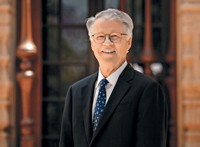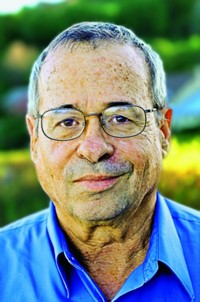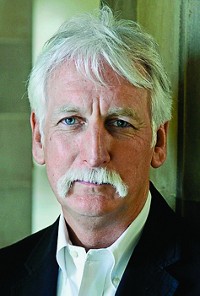Advertisement
Grab your lab coat. Let's get started
Welcome!
Welcome!
Create an account below to get 6 C&EN articles per month, receive newsletters and more - all free.
It seems this is your first time logging in online. Please enter the following information to continue.
As an ACS member you automatically get access to this site. All we need is few more details to create your reading experience.
Not you? Sign in with a different account.
Not you? Sign in with a different account.
ERROR 1
ERROR 1
ERROR 2
ERROR 2
ERROR 2
ERROR 2
ERROR 2
Password and Confirm password must match.
If you have an ACS member number, please enter it here so we can link this account to your membership. (optional)
ERROR 2
ACS values your privacy. By submitting your information, you are gaining access to C&EN and subscribing to our weekly newsletter. We use the information you provide to make your reading experience better, and we will never sell your data to third party members.
Materials
ACS Award for Computers in Chemical and Pharmaceutical Research
Recipients are honored for contributions of major significance to chemistry
by Elizabeth K. Wilson
February 11, 2008
| A version of this story appeared in
Volume 86, Issue 6
Sponsored by Schrödinger
The computational description of a biological molecule, frozen in a single snapshot, is complicated enough, but to describe its flexibility and interactions with other molecules is a task that until recently could tax the biggest supercomputers.
A couple of decades ago, the idea that computers could predict the nanosecond-scale dynamics of proteins was almost unfathomable. But now, chemists have sophisticated computational methods that make it possible to design groundbreaking drugs, thanks in large part to the work of J. Andrew McCammon, Joseph E. Mayer Chair of Theoretical Chemistry at the University of California, San Diego.
"In the 1970s, it took a great deal of courage to begin the study of big biological problems," notes Peter Wolynes, Francis H. C. Crick Chair in the Physical Sciences and professor of chemistry, biochemistry, and physics at UC San Diego. McCammon "has brought intellectual order to the study of the dynamics of biological molecules," Wolynes says.
Numerous drug designers and pharmaceutical companies have turned to McCammon's strategies. Last October, Merck announced Food & Drug Administration approval of its new anti-HIV agent Raltegravir, developed with McCammon's methods. The drug thwarts an essential integrase enzyme that helps the virus's genetic material invade immune cells.
McCammon has made major inroads into the problem of modeling protein flexibility. Protein reactions were first envisioned as the insertion of a rigid key into a rigid lock. Then chemists designed software that accounted for ligand flexibility. But protein motion is far more computationally intensive.
McCammon also pioneered a concept known as "computational alchemy," by which computers calculate the changes in free energy when one ligand is substituted for another. This helps determine what ligands might bind most strongly to a protein.
McCammon was born in 1947 in Lafayette, Ind. He received an A.B. in chemistry, mathematics, and physics from Pomona College in 1969. He then went to Harvard University, where he received an A.M. in physics in 1970 and a Ph.D. in chemical physics in 1976.
After spending two more years at Harvard as a research fellow in chemistry, McCammon went to the University of Houston. There he was an assistant professor of chemistry from 1978 to 1981 and M. D. Anderson Chair in Chemistry from 1981 to 1994. He was also the founding director of the university's Institute for Molecular Design from 1987 to 1994 and professor of biochemical and biophysical sciences from 1989 to 1994. In 1995, McCammon went to UC San Diego.
McCammon has been a Howard Hughes Medical Institute investigator since 2000 and a fellow of the San Diego Supercomputer Center since 1995.
He has been a fellow of the American Association for the Advancement of Science since 1997. He received the UC San Diego School of Pharmacy & Pharmaceutical Sciences' Faculty Excellence Award for Teaching in 2003. He was elected an American Academy of Arts & Sciences fellow in 2006.
The award address will be presented before the Division of Computers in Chemistry.






Join the conversation
Contact the reporter
Submit a Letter to the Editor for publication
Engage with us on Twitter